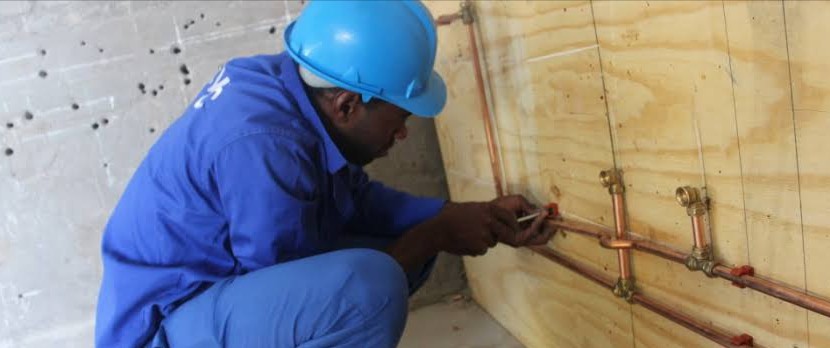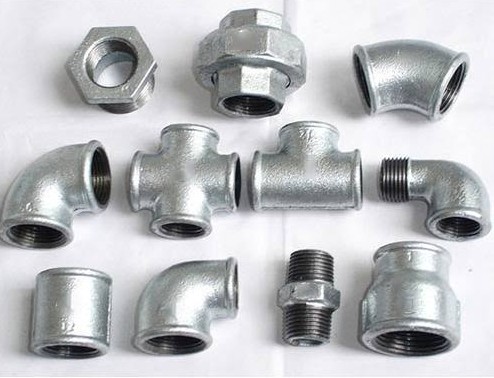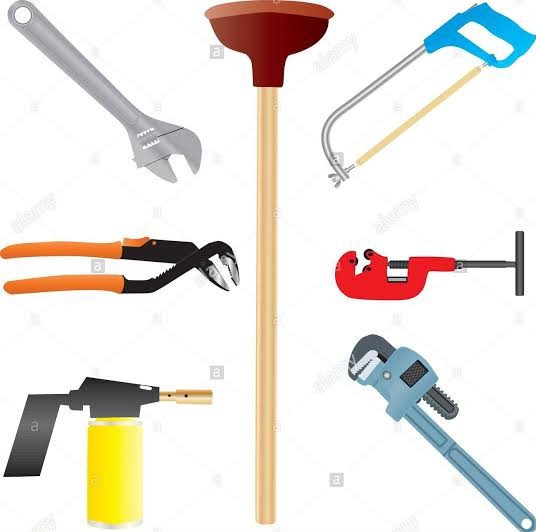What is plumbing and pipe-fitting vocational training?

The plumbing and pipe fitting vocational training is specially designed to form an appreciation of the industry and develop professional skills in the plumbing and piping industry.
The training is meant to supply capable and knowledgeable graduates or students in industrial and domestic water system, waste disposal and irrigation system.
What is the difference between pipe fitting and plumbing?
A plumber works with basic varieties of pipe like copper and PVC found in residences, while a pipefitter works with high pressure specialized pipes.
Plumbers work with drinking water and water waste disposal systems while Pipefitters accommodate pipes that contain hazardous materials including chemicals and gases.
What education does a pipe fitter need?
What is typically required of plumbers, pipefitters, or steamfitters could be a high school diploma or equivalent .
Some can attend a vocational-technical school even before the pursue on-the-job training.
Post-secondary education training programs are also available.
What is Plumbing and Pipefitting?
Plumbing and pipe fittings deal with house assembling, installing, and making changes in pipe systems accustomed to carrying water, steam, air, and other liquids and gases.
They fix plumbing installations, such as bathtubs and toilets.
Plumbers are pipefitter who also install heating and refrigeration units. These pipes are used for water and waste.
How long could be a pipe fitting course?
These trainings typically last under a year and include courses in blueprint reading, math, and welding.
A pipe fitting or welding or plumbing diploma program typically takes a year for it to be completed.
What are the categories of pipe joints in plumbing?

The categories of pipe joints are Threaded joint, Brazed joint, Soldered joint, Welded joint (butt welded, socket welded), Flanged joint, Compression joint, Grooved joint etc.
What is the foremost common pipe fitting?
A tee, the foremost common pipe fitting is accustomed to combine or divide fluid flow.
The tee is available with female thread sockets, female-threaded side outlet and a solvent-weld sockets or opposed solvent-weld sockets.
Tees is employed to attach pipes of various diameters or change the direction of a pipe run, or both.
Is pipefitting a good trade?
With a high demand for pipefitters, especially within the oil and gas industries, there’ll be ample opportunities for overtime work.
You may receive excellent benefits. Most pipefitting jobs provide excellent benefits including paid time without work and health insurance.
How do I learn pipe fittings?

The best method to learn pipe fitting is to take classes and acquire an apprenticeship.
Since you may supplement on-the-job learning with classes, you ought to have a high school diploma before you seek an apprenticeship.
Research pipe fitting programs can be attended at area community colleges.
Do plumbers lay pipe?
Plumbers also install plumbing fixtures such as showers, sinks, bathtubs, toilets and appliances like dishwashers, waste disposers, and water heaters.
Pipelayers cast-iron pipe for drains, or lay clay, concrete, plastic, sewers, water mains, and oil or gas lines.
How dangerous is pipefitting?
According to the U.S. Bureau of Labor Statistics, pipefitters have one in all the highest rates of workplace illness and injury of any occupation.
The most common injuries they are prone to suffer include: broken bones and serious fractures in the Neck, back and shoulder injuries, Eye injuries and vision loss, Cuts and lacerations, Amputations, Respiratory illnesses, musculoskeletal injuries, Traumatic brain injury and other brain injuries.
What does a pipe fitter do?
A pipefitter or steamfitter could be a tradesperson who installs, assembles, fabricates, maintains and repairs mechanical piping systems. Pipefitters usually begin as helpers or apprentices.
Journeyman pipefitters accommodate industrial/commercial/marine piping and heating/cooling systems.
Are pipefitters in demand?
Employment of plumbers, pipefitters, and steamfitters is projected to increase by 4% from 2019 to 2029, just as rapid as the average for all other occupations.
The drive demand for Building construction workers, maintenance workers, and repair workers and overall job opportunities are expected to be good.
Does a pipefitter Weld?
A pipefitter, sometimes known to be a steamfitter, is a tradesperson trained in creating, organizing, assembling and maintaining mechanical piping systems that has to withstand high pressure.
Pipefitters do more work in welding, rather than in the area of water or water sanitation.
What are the various types of plumbing systems?
There are three major types of the plumbing systems: potable water, sanitary drainage and stormwater drainage.
What type of math do Pipefitters need to know?
Algebra and geometry are especially important when it involves layouts on the work, and basic math also comes in handy when employment imply measuring.
The 45-Degree Formula, It is important that all plumber knows the proper way to connect two pieces of pipe.
How many forms of pipe fitting are there?
Generally there are two forms of couplings that are available. Compression coupling and slip coupling.
Compression coupling is regular coupling which is connected between two pipes and it prevents leakage by the arrangement of gaskets or rubber seals on either sides, otherwise glue is provided.
How long will it take to train to be a plumber?
In most countries, to become a professional or knowledgeable plumber require you to study in a technical college which generally takes two years – and then take on an apprenticeship for an extra two to five years.
This is to ensure that every plumber had the required skills and experience to work confidently and competently.
How To Get FREE Training in Plumbing and Pipe-fitting
This training is free and comes with tremendous opportunity to get free qualitative vocational training in Plumbing and pipe-fitting from a reputable organisation in partnership with a foundation.

